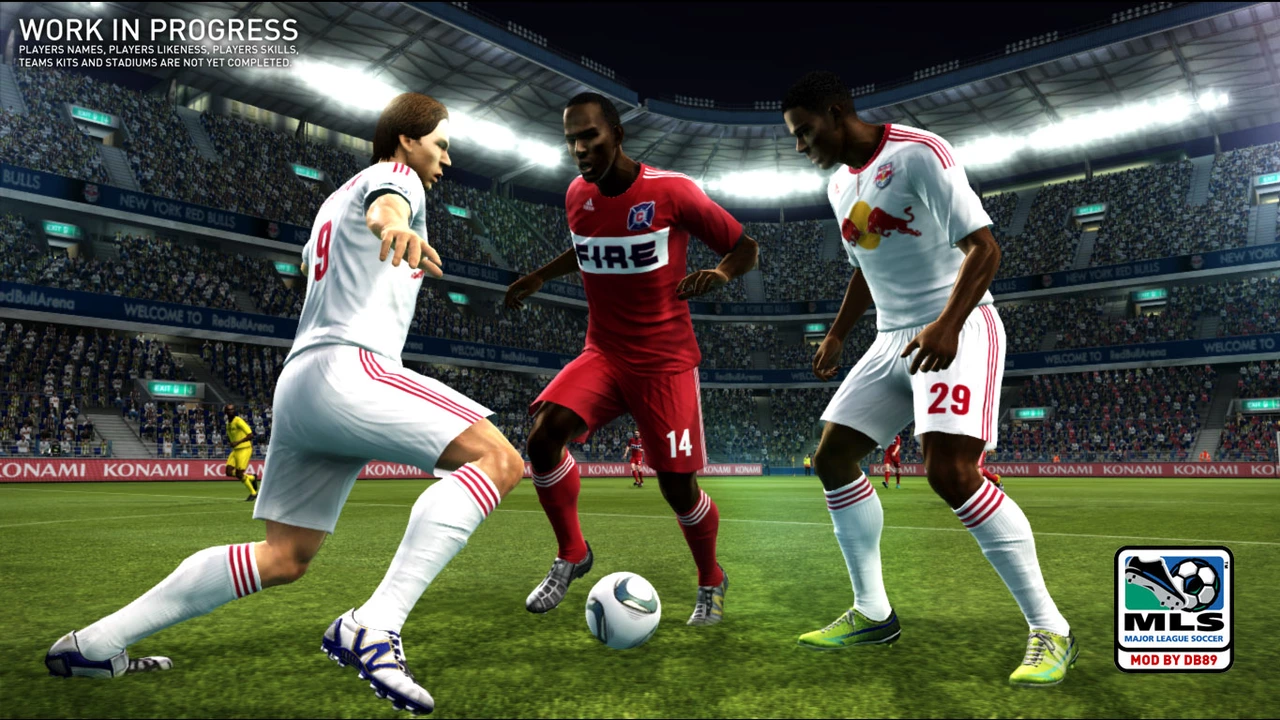How a Two‑Stage Soccer League Works
If you’ve ever wondered why some leagues start with everyone playing each other and then suddenly split into two groups, you’re in the right place. A two‑stage format keeps the season exciting from kickoff to the final whistle. First, every team faces off in a round‑robin schedule, giving everyone a chance to test their skills against every opponent. After that, the table is sliced in half and the drama really kicks in.
The First Stage – Round Robin
In the opening phase, each club meets every other side once (or twice, depending on the schedule). Points are awarded the standard way – three for a win, one for a draw, none for a loss. This part of the season works like a giant qualifying tournament. Because every match counts, teams can’t afford to slack off; a single slip‑up could mean missing out on the top half later on. The beauty here is the fairness – the best teams rise to the top based on consistent performance.
Fans also love this stage because it guarantees a full calendar of fixtures. Local derbies, long‑distance trips, and surprise upsets all happen before the split. By the time the round‑robin wraps up, you’ll have a clear picture of who’s in form and who’s struggling, setting the scene for the next act.
The Second Stage – Championship & Relegation Groups
Once the first phase ends, the league splits into two groups. The upper half forms the “Championship Group” and fights for the title, promotion spots, or European qualification, depending on the competition. The lower half drops into the “Relegation Group,” battling to avoid the drop. Points from the first stage often carry over, so a big lead isn’t wiped out, but teams still have a fresh chance to climb or fall.
Matches in the second stage usually pit teams against those in the same group only, meaning the competition becomes more focused. The top group faces tighter matches as every point directly impacts the championship race. Meanwhile, the bottom group experiences high stakes as a single loss could seal a relegation fate. This structure keeps fans glued to the action right up to the final day.
Why use a two‑stage system? It adds drama, ensures every match matters, and reduces the number of meaningless games at season’s end. Clubs also get a clearer target: finish in the top half to chase glory, or secure enough points to stay out of the drop zone. For smaller leagues, it helps manage travel costs because teams play fewer fixtures against distant opponents in the second stage.
If your club is preparing for a two‑stage league, focus on a strong start. Building a points cushion early gives you flexibility after the split. Also, study the opponents you’re likely to face in the second phase – the competition will be tighter, so tactical tweaks can make a big difference. Keep the squad fit and rotate players wisely during the round‑robin to avoid fatigue later on.
In the end, a two‑stage league blends the fairness of a full round‑robin with the excitement of knockout‑style battles. Whether you’re a player, coach, or supporter, understanding how the format works helps you enjoy every minute of the season. Stay tuned for more insights on non‑league football structures and the stories that make grassroots soccer so thrilling.
Posted by
Caspian O'Reilly
0 Comments

Alright, fellas, let's dive into the thrilling world of two-stage soccer leagues. It's like your regular league, but with an exciting plot twist! So, first things first, all teams compete against each other in a round-robin format - they all get a taste of each other's skills. Then, hold onto your hats, because the second stage is where it gets real! The teams are typically split into two groups, based on their performance. Imagine it as the 'soccer version' of separating the wheat from the chaff! The top teams fight for the title, while the others battle to avoid relegation. It's a rollercoaster of football drama, folks!
read more